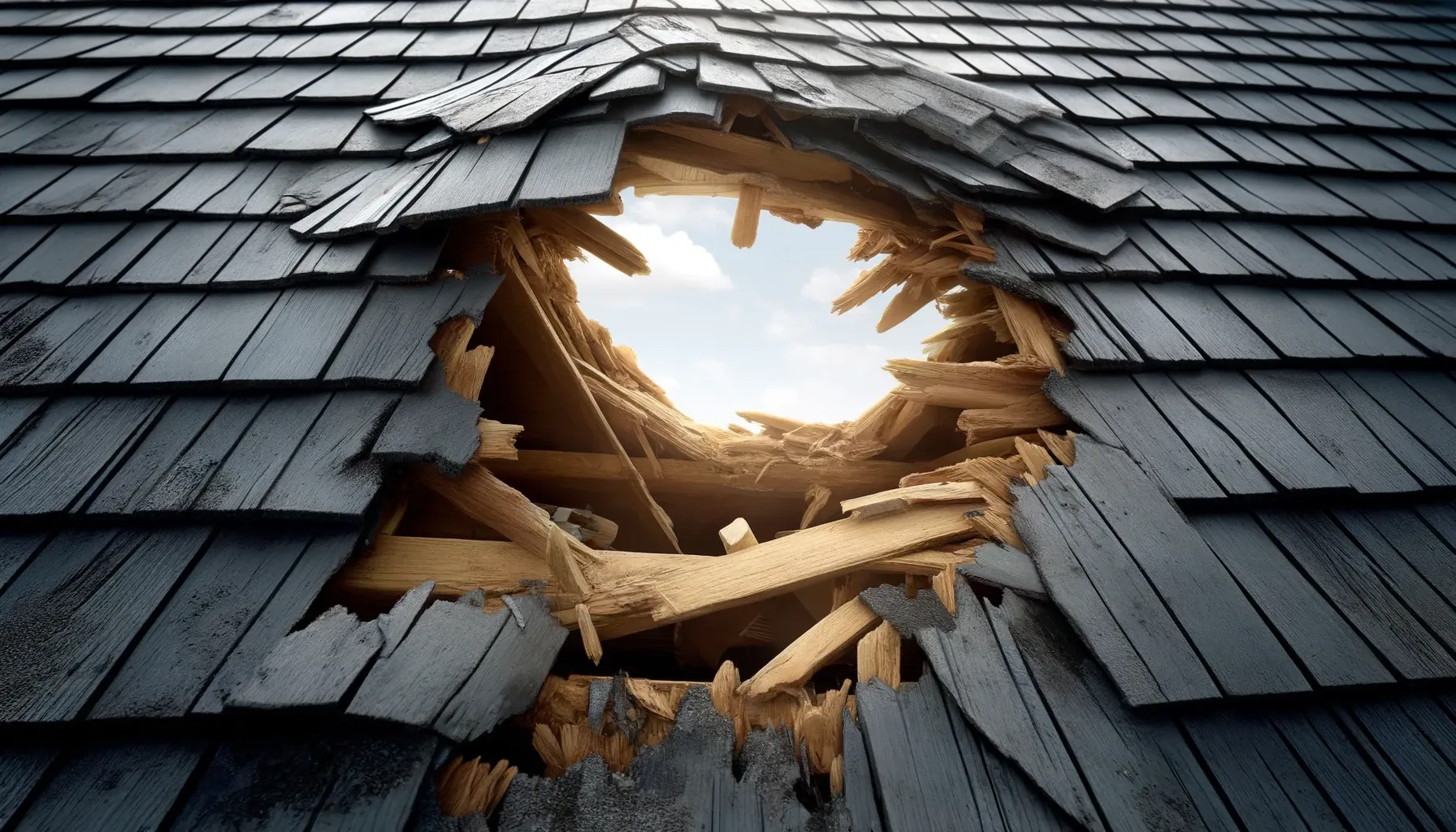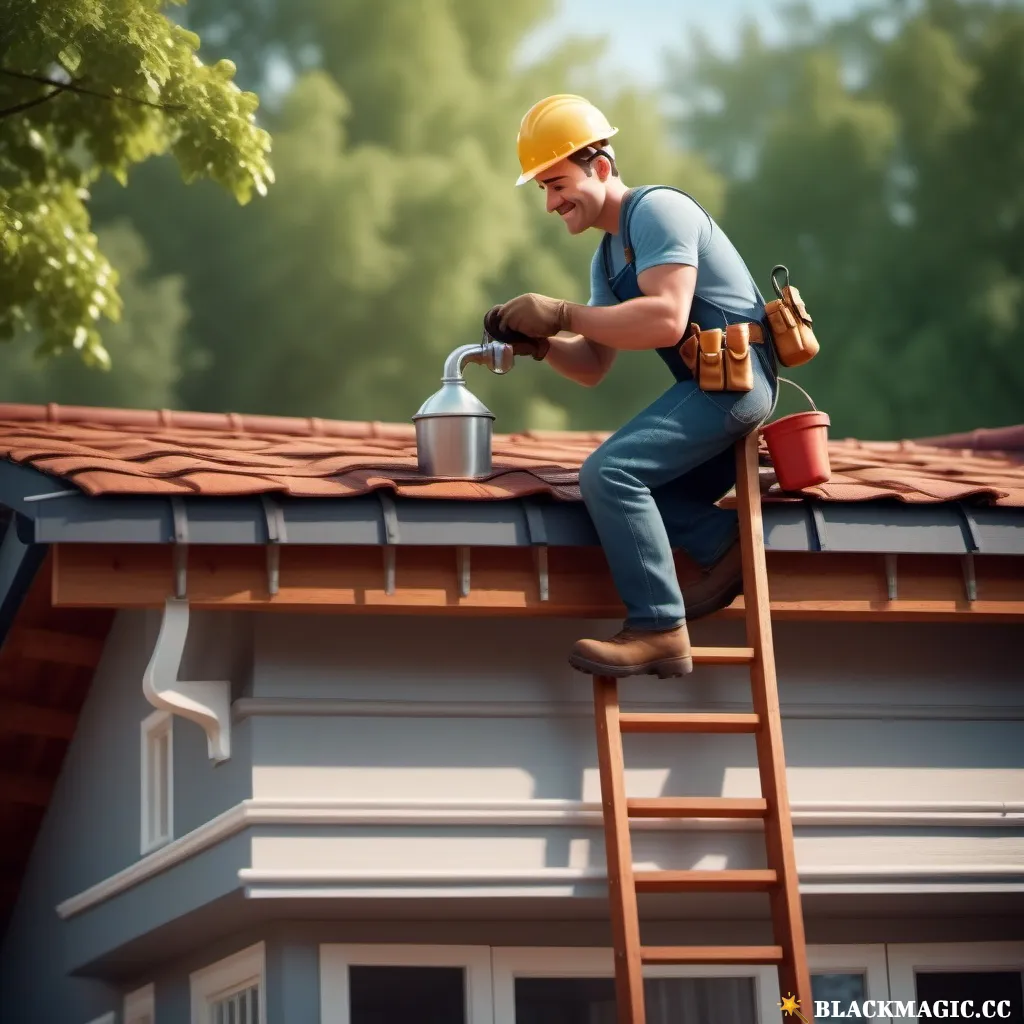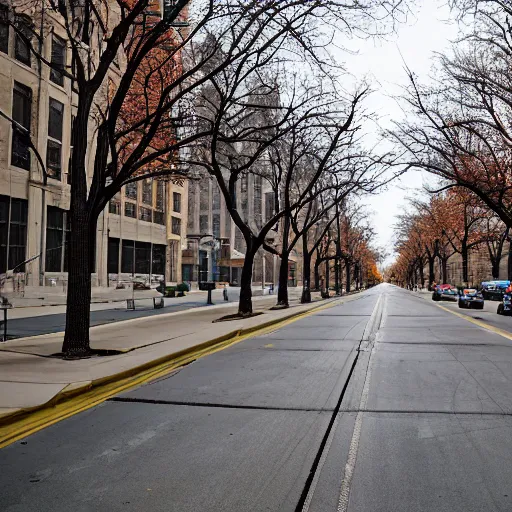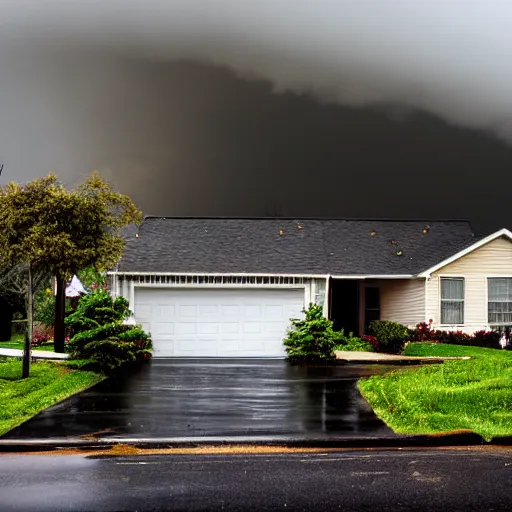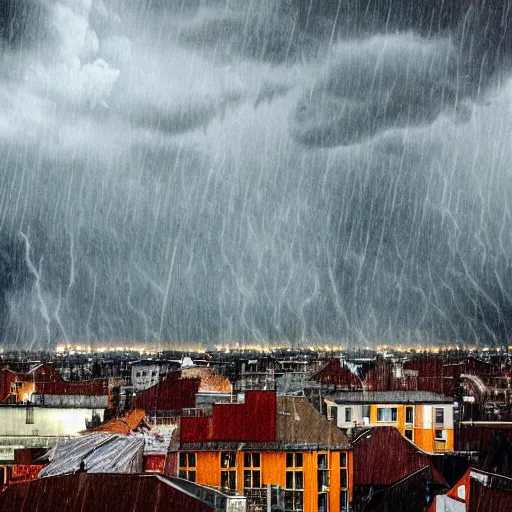Can You Put a Second Layer on a Roof?
Can You Put a Second Layer on a Roof?
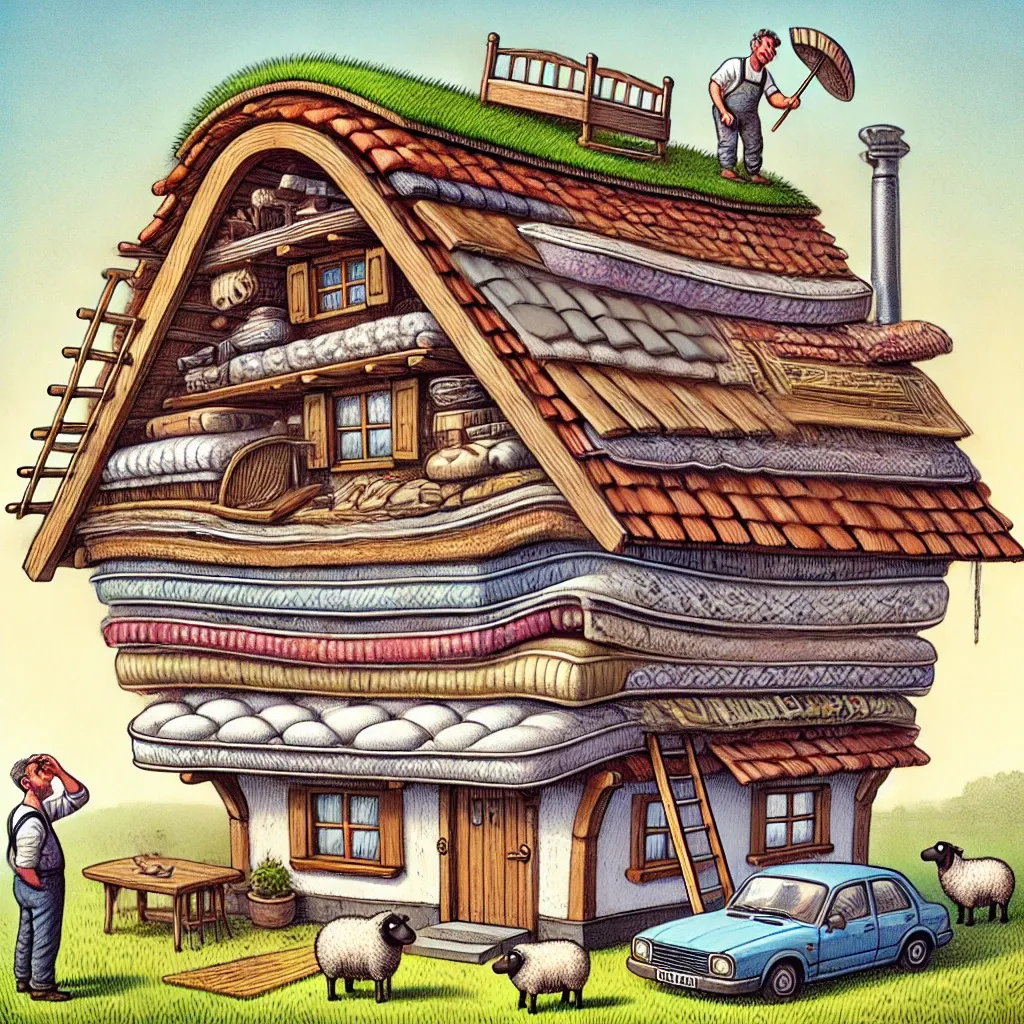
When it comes to roofing, homeowners often wonder if it's possible to add a second layer to their existing roof.
This may be a cost-effective option for those looking to extend the life of their roof without completely replacing it. In this article, we will explore whether adding a second layer is a viable option, the pros and cons of doing so, and considerations to keep in mind before making this decision.
Is it Possible to Add a Second Layer on a Roof?
Adding a second layer to an existing roof is technically possible, but there are various factors to consider before deciding to go this route. In some cases, building codes and regulations may prohibit adding a second layer due to safety concerns. It is essential to consult with a roofing professional to assess the condition of your roof and determine if adding a second layer is feasible.
Factors to Consider Before Adding a Second Layer
Before deciding to add a second layer to your roof, several critical factors should be taken into account.
These include the following:
- Structural Integrity: The underlying structure of your roof must be strong enough to support the additional weight of a second layer of roofing material. Adding too much weight can compromise the integrity of the roof and pose a safety risk.
- Building Codes: Local building codes and regulations may have restrictions on adding a second layer to a roof. It is essential to check with your municipality to ensure that you are complying with these regulations.
- Existing Roof Condition: The condition of your existing roof will also play a significant role in whether adding a second layer is a viable option. If the current roof is severely damaged or leaking, adding a second layer may only serve as a temporary fix and could lead to further issues down the road.
- Ventilation and Insulation: Proper ventilation and insulation are crucial for the longevity and effectiveness of a roof. Adding a second layer without addressing these components can result in moisture buildup and decreased energy efficiency.
Pros of Adding a Second Layer on a Roof
There are several potential benefits to adding a second layer to your existing roof. Understanding these advantages can help you make an informed decision about whether this option is right for your home.
Cost-Effective Solution
One of the primary benefits of adding a second layer to a roof is that it can be a cost-effective solution compared to a complete roof replacement.
By avoiding the labor and material costs associated with tearing off the existing roof, homeowners can save money while extending the life of their roof.
Time-Saving
Adding a second layer to a roof is typically a faster process than removing the existing roof and installing a new one. This can be advantageous for homeowners who want to minimize disruption to their daily routine and get the job done quickly.
Increased Insulation
Adding a second layer of roofing material can provide an additional layer of insulation to your home, which can help improve energy efficiency and reduce heating and cooling costs. This can be especially beneficial in regions with extreme temperatures.
Cons of Adding a Second Layer on a Roof
While there are potential benefits to adding a second layer to a roof, there are also some drawbacks that homeowners should be aware of before making this decision.
Weight
One of the primary concerns associated with adding a second layer to a roof is the added weight that it puts on the underlying structure. Exceeding the weight limit can cause structural damage, such as sagging or collapse, jeopardizing the safety of the occupants.
Installation Issues
Adding a second layer of roofing material requires careful installation to ensure that it is done correctly and does not lead to leaks or other issues. Improper installation can result in water infiltration, which can cause extensive damage to the roof and underlying structure.
Limited Warranty Coverage
Many roofing manufacturers offer warranties on their products, but adding a second layer to a roof may void these warranties. This can leave homeowners unprotected in the event of manufacturing defects or installation issues, potentially costing them more in the long run.
Considerations Before Adding a Second Layer on a Roof
Before deciding to add a second layer to your roof, there are several crucial considerations to keep in mind. By addressing these factors, you can ensure that the process is done correctly and that you are making the best decision for your home.

Roof Condition
The condition of your existing roof is a critical factor to consider before adding a second layer. If the roof is severely damaged, leaking, or nearing the end of its lifespan, adding a second layer may not be a long-term solution. In such cases, a complete roof replacement may be necessary to avoid further issues.
Moisture and Ventilation
Proper moisture management and ventilation are essential for the health of your roof and underlying structure. Before adding a second layer, ensure that the existing roof is free of moisture damage and that there is adequate ventilation to prevent mold and mildew growth.
Energy Efficiency
Adding a second layer to your roof can increase insulation and improve energy efficiency in your home. However, it is essential to consider other factors, such as the age of your current roof and the energy efficiency of the roofing material, to maximize the benefits of adding a second layer.
In conclusion, adding a second layer to a roof can be a cost-effective and time-saving solution for homeowners looking to extend the life of their roof.
However, there are significant factors to consider before making this decision, including structural integrity, building codes, and existing roof condition. By weighing the pros and cons and consulting with a roofing professional, homeowners can make an informed choice about whether adding a second layer is the right option for their home.

